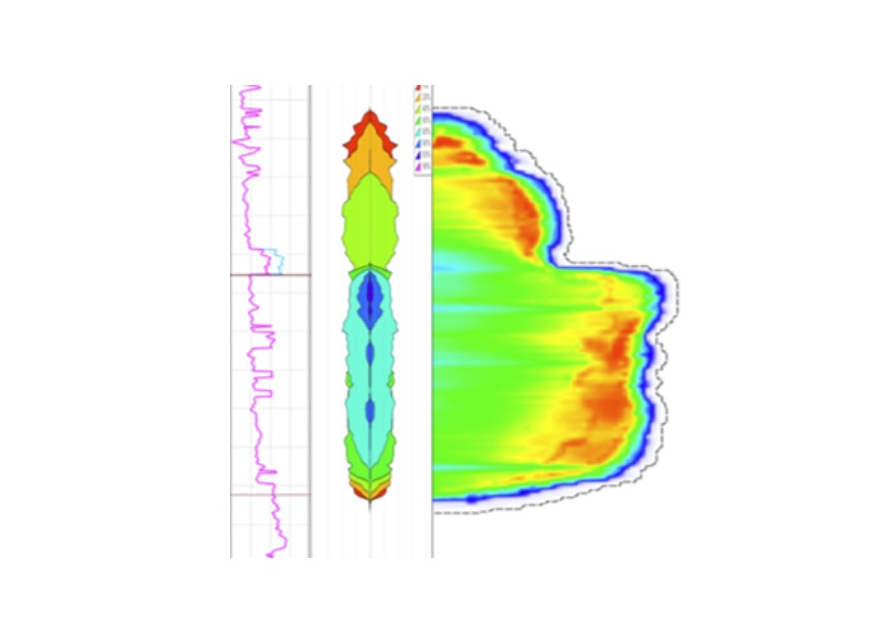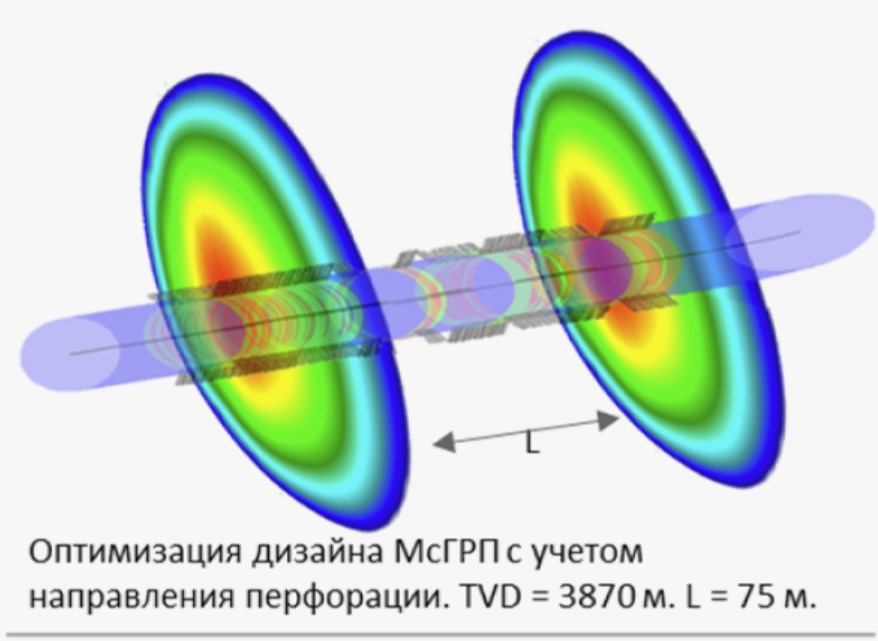Oil Link LLC provides integrated project management, combining a wide range of in-house services with end-to-end project oversight to ensure comprehensive well engineering and management through all phases: drilling, completion, and production.
1. Increasing Categorization of Hydrocarbon Reserves and Resources by PRMS and SEC Standards
Purpose:
To enhance the classification of hydrocarbon reserves and resources in accordance with PRMS standards, thereby improving the company’s capitalization and investment appeal.
Work Process:
- Initial meeting
- Gathering and analyzing geological, geophysical, and field data
- Screening objects for ranking and prioritization based on growth potential
- Finalizing the list of priority objects for categorization improvements
- Optimizing PRMS categories for approved objects
- Calculating geological and recoverable reserves using optimized parameters
- Preparing a final service report
Results:
- Precise estimation of geological and recoverable reserves compliant with PRMS standards
- Documentation and recommendations supporting reserve increases
2. Improving Reservoir Performance
Purpose:
To optimize field development strategies for increased hydrocarbon production.
Work Process:
- Initial meeting
- Collection and analysis of geological, geophysical, and field data
- Screening and ranking objects based on growth potential
- Approving priority objects for performance enhancement
- Optimizing PRMS categories for selected objects
- Recalculating geological and recoverable reserves
- Delivering final service report
Results:
- Higher hydrocarbon production levels
- Reduced operational costs through optimized well management and decommissioning of low-efficiency wells
3. FDP Monitoring
Purpose:
To oversee Field Development Plan (FDP) implementation and ensure operational efficiency.
Work Process:
- Monthly review of geological/geophysical data and production indicators (flow rates, water cut, pressure, etc.)
- Analysis of deviations from planned targets
- Prioritizing objects requiring corrective actions
- Implementing operational adjustments to address variances
Results:
- Improved production efficiency
- Lower operating costs via optimized well management



